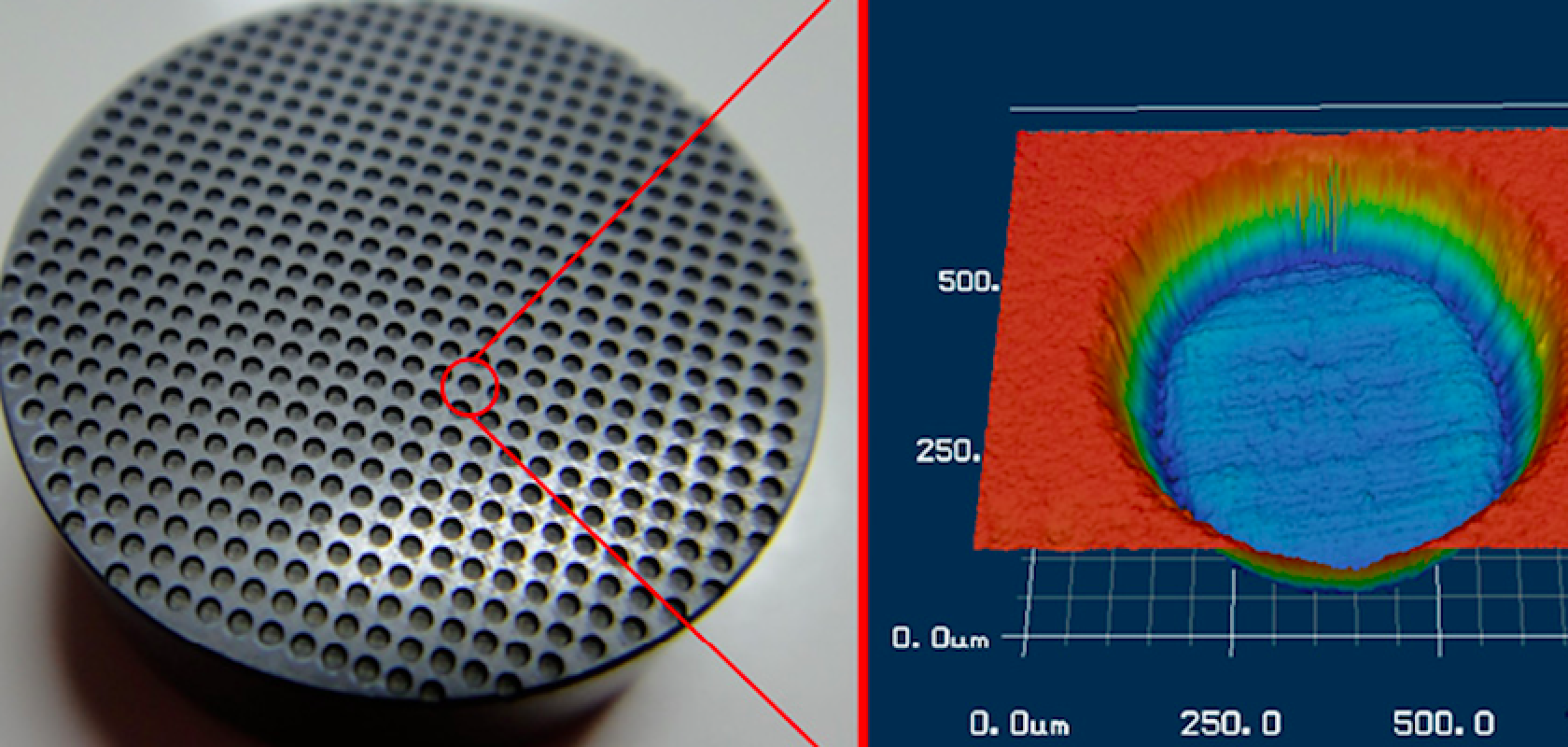Researchers from the Beijing Institute of Technology have developed a novel strategy that significantly reduces alignment errors in double-sided microlens array (DSMLA) fabrication during precision glass moulding (PGM).
The method, detailed in Microsystems & Nanoengineering, utilises mould assemblies composed of materials with differing thermal expansion rates, allowing for the automatic correction of alignment errors during the moulding process. This stands to enhance the quality and functionality of optical devices, as DSMLAs play a crucial role in supporting applications, such as advanced imaging systems and laser beam homogenisation.
Using a detailed mathematical model, the team were able to develop the method which improves upon traditional manufacturing techniques which often struggle with alignment errors, diminishing the functionality and efficiency of arrays. With the previous method, errors have typically arisen from the uniform thermal expansion of moulds made from a single material, neglecting the complex thermal dynamics involved in PGM. Such discrepancies in alignment can notably affect the optical quality and performance of DSMLAs.
The new method offers improvements by accounting for the unique thermal behaviours of the materials, enabling precise adjustments of the gap between mould cores and sleeves, delivering new levels of precision in DSMLAs.
By moving beyond the constraints of conventional single-material moulds – options prone to alignment issues – the researchers were able to land on an approach which uses materials that expand at different rates. Beneficially, this ensures that the mould self-corrects during heating and cooling phases, improving the alignment of microlens arrays.
Tianfeng Zhou, the lead author of the study, said: "Our research not only tackles a long-standing challenge in optical manufacturing but also establishes a new benchmark for the precision and efficiency of microlens arrays. The integration of diverse materials in mold design marks a pivotal shift for the industry."
Ultimately, meticulous control over alignment errors not only promises to elevate the quality of DSMLAs but also to boost the performance of optical devices dependent on these components.
Lead image: Semantic Scholar


